Japan’s Junko Hagiwara has caused a stir in Spain’s traditional flamenco world by unexpectedly winning the prize for best dancer at the country’s leading flamenco festival — the first foreigner to do so. The announcement that the 48-year-old — who performs under the stage name “La Yunko” — was awarded the honor at the closing ceremony of last month’s Cante de las Minas festival in the southeastern town of La Union was met with a mixture of applause and some jeering.
“I was very surprised, I could not believe it. I believed it but I did not believe it,” she said by phone from the southern city of Seville, where she has lived for over two decades when asked about her reaction to getting the award.
Hagiwara, who was born in Kawasaki near Tokyo, said she did not notice the jeers because she “went blank” when her name was announced as the winner.
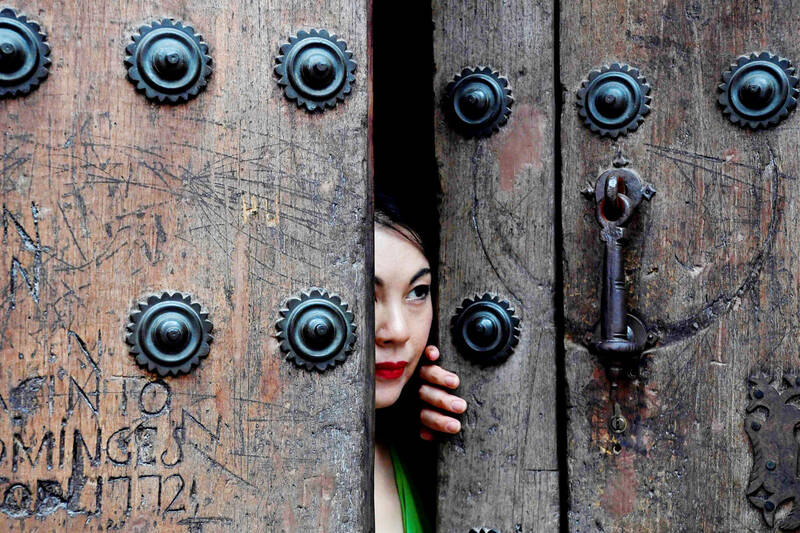
Photo: AFP
“When I dance, I don’t think I am a foreigner, that I am Japanese. I don’t think that. It doesn’t occur to me. I am simply on stage, I listen to the guitar, the singing and what I feel I express in my dancing,” she added.
Created in 1961, the Cante de las Minas festival is considered to be the world’s most important annual flamenco festival. It features prizes for best singing, guitar playing and musical instrument performance in addition to dance. Critics were unanimous in their support for Hagiwara.
“I liked her more than her competitors for three reasons: her classicism, the fact that she did not dance for the gallery, that is, for the public, and, finally, her good training,” flamenco critic Manuel Bohorquez wrote in online newspaper Sevilla Info.
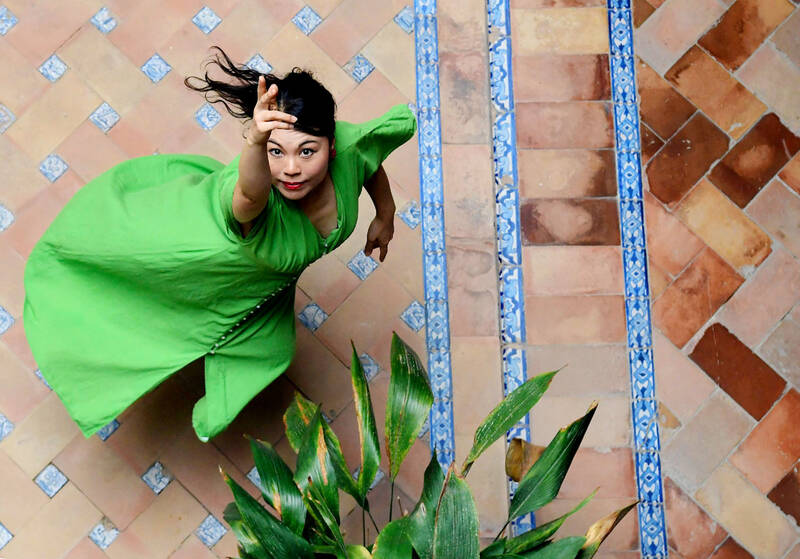
Photo: AFP
Hagiwara said she became fascinated by flamenco — a centuries-old art form that combines rhythmic hand clapping, stamping feet and impassioned singing — at age 14 when she watched a gymnastics championship in which a Spanish competitor used the genre’s guitar music.
“I loved the flamenco guitar, the sound and the melody, the rhythm,” she said.
There was no Internet at the time to help her explore her new interest, so she went to a shop that rented records and borrowed the only available flamenco CD. “I listened to it, but there was no guitar, it was just singing,” she recalled.
“Flamenco performers often have a very hoarse voice, very deep, and it scared me,” she added while laughing.
Hagiwara went on to study pedagogy at Waseda University in Tokyo, where she joined a flamenco club, and started to take flamenco lessons. But she felt she needed more. In 2002, she decided to take the dramatic move across the world to Seville, capital of the southern region of Andalusia and the cradle of flamenco, to pursue her passion.
She made the move despite objections from her parents.
“In Japan, you can learn technique, choreography, but, of course, flamenco is culture, it’s a way of life,” she said.
“My father got very, very angry. He did not speak to me for three months. And my mother said ‘how shameful, how shameful’,” Hagiwara said.
In Spain, she dedicated herself to flamenco, learning to dance with the best teachers, became fluent in Spanish and married an Andalusian man from the coastal town of Tarifa.
She gradually made a name for herself as a performer in Seville, and has also taught flamenco.
As is the case with many foreigners, she was surprised at first by the lively way locals talked to each other.
“I thought everyone was fighting!” Hagiwara said.
There were other differences.
“In Japanese culture, we place a lot of value on hiding the feeling, and in flamenco, you have to show it. In Japan it is for the inside, and in flamenco it is for the outside,” she said.
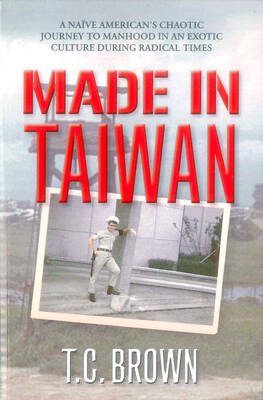
By 1971, heroin and opium use among US troops fighting in Vietnam had reached epidemic proportions, with 42 percent of American servicemen saying they’d tried opioids at least once and around 20 percent claiming some level of addiction, according to the US Department of Defense. Though heroin use by US troops has been little discussed in the context of Taiwan, these and other drugs — produced in part by rogue Chinese Nationalist Party (KMT) armies then in Thailand and Myanmar — also spread to US military bases on the island, where soldiers were often stoned or high. American military policeman
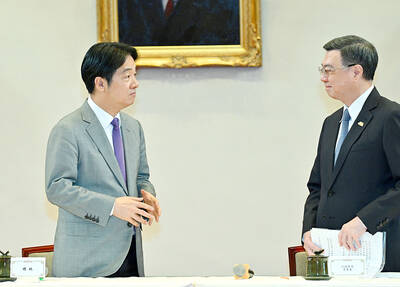
Under pressure, President William Lai (賴清德) has enacted his first cabinet reshuffle. Whether it will be enough to staunch the bleeding remains to be seen. Cabinet members in the Executive Yuan almost always end up as sacrificial lambs, especially those appointed early in a president’s term. When presidents are under pressure, the cabinet is reshuffled. This is not unique to any party or president; this is the custom. This is the case in many democracies, especially parliamentary ones. In Taiwan, constitutionally the president presides over the heads of the five branches of government, each of which is confusingly translated as “president”

An attempt to promote friendship between Japan and countries in Africa has transformed into a xenophobic row about migration after inaccurate media reports suggested the scheme would lead to a “flood of immigrants.” The controversy erupted after the Japan International Cooperation Agency, or JICA, said this month it had designated four Japanese cities as “Africa hometowns” for partner countries in Africa: Mozambique, Nigeria, Ghana and Tanzania. The program, announced at the end of an international conference on African development in Yokohama, will involve personnel exchanges and events to foster closer ties between the four regional Japanese cities — Imabari, Kisarazu, Sanjo and
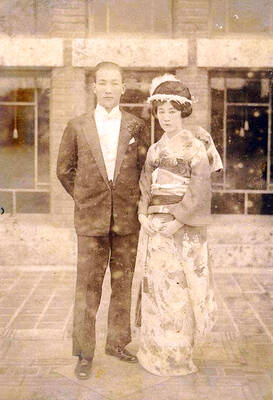
Sept. 1 to Sept. 7 In 1899, Kozaburo Hirai became the first documented Japanese to wed a Taiwanese under colonial rule. The soldier was partly motivated by the government’s policy of assimilating the Taiwanese population through intermarriage. While his friends and family disapproved and even mocked him, the marriage endured. By 1930, when his story appeared in Tales of Virtuous Deeds in Taiwan, Hirai had settled in his wife’s rural Changhua hometown, farming the land and integrating into local society. Similarly, Aiko Fujii, who married into the prominent Wufeng Lin Family (霧峰林家) in 1927, quickly learned Hoklo (commonly known as Taiwanese) and